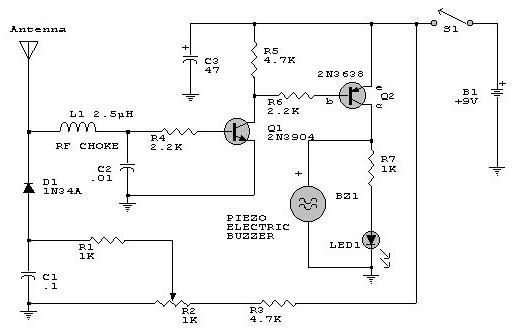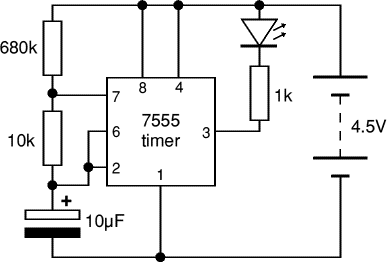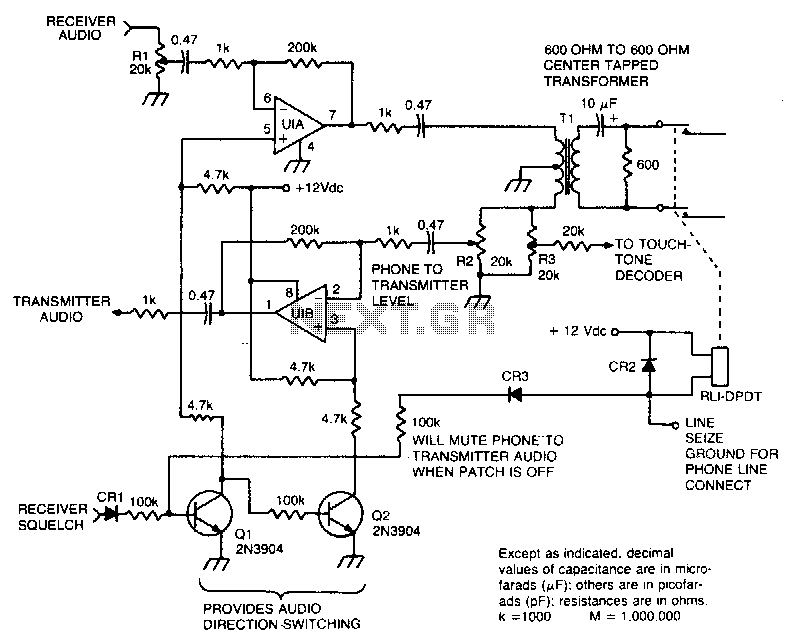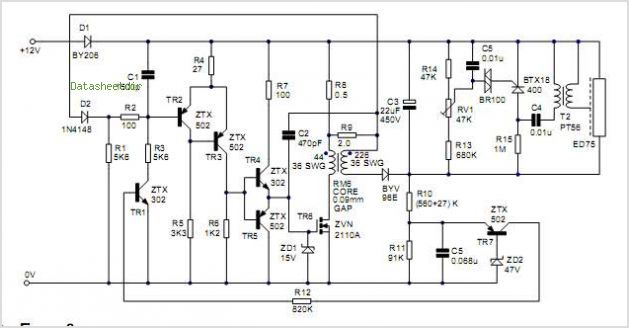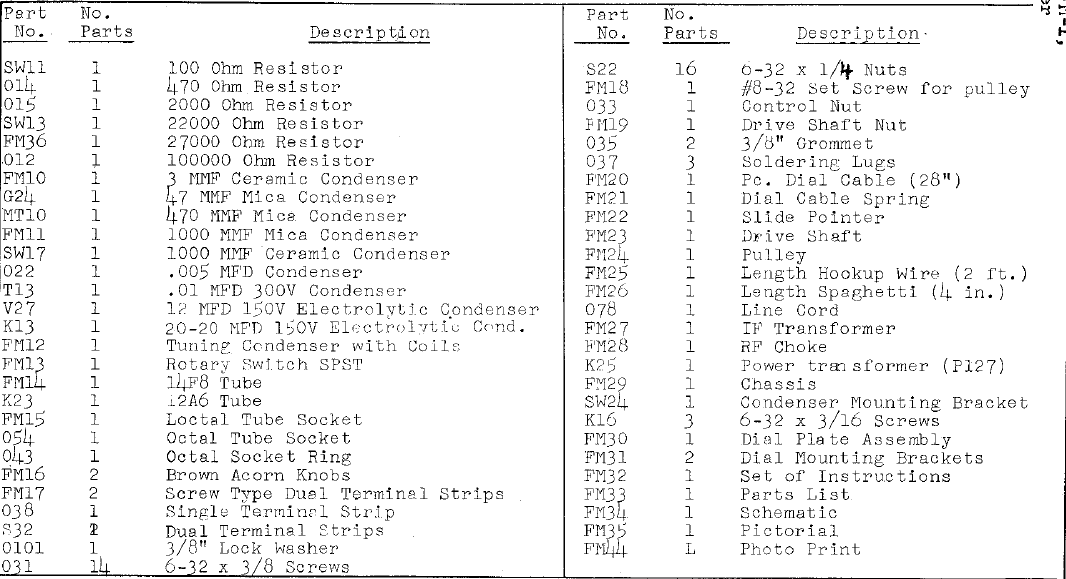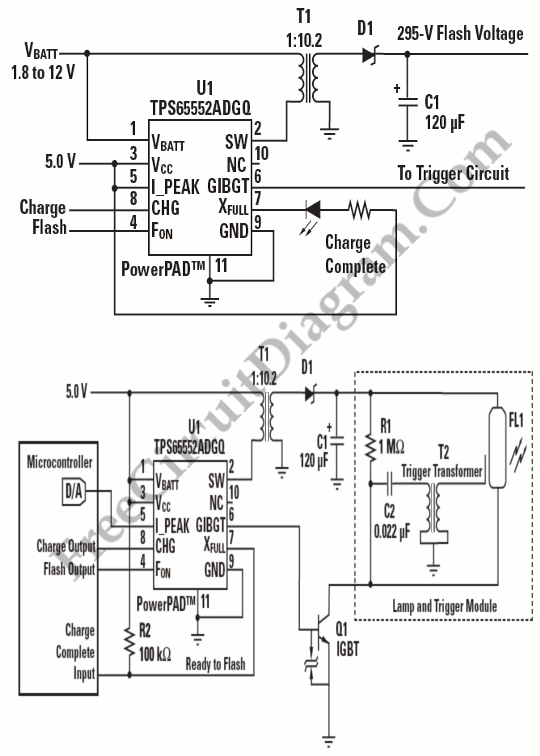
Tube Line Preamplifier Project
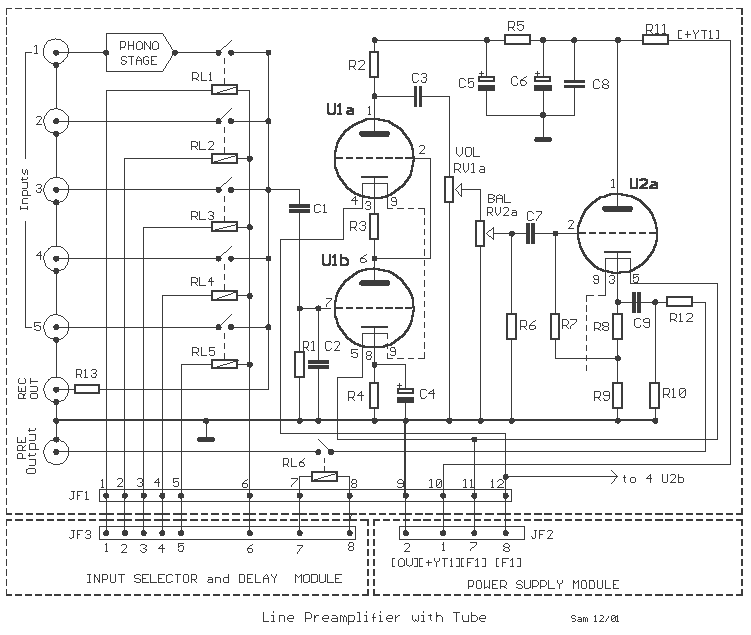
The interest in tube circuits remains significant. Therefore, I will provide a comprehensive circuit of a preamplifier that is sufficiently detailed. It is primarily composed of the main preamplifier department, the input selector department, application voltage delay, and the connection output of the preamplifier with the final amplifiers and the power supply department. The main preamplifier department is depicted in Fig.1. Intentionally, there is nothing revolutionary in the design. At the entrance, there is a simple circuit composed of a relay driven by the input selector [S2]. The signal then drives to the next stage, which is composed of a shunt regulated push-pull (SRPP) cascade circuit and a cathode repeater circuit at the exit.
Building on the basic description, the preamplifier circuit functions as the initial stage of amplification, enhancing the weak input signal from the source into a stronger, more usable form for further amplification or processing. The input selector department plays a crucial role in choosing the desired input signal from multiple sources.
The application voltage delay is a safety feature that ensures the gradual application of voltage to the tube circuits, protecting the components from sudden voltage spikes that could potentially cause damage. The preamplifier output is then connected to the final amplifiers, which boost the signal to a level suitable for driving the speakers or other output devices.
The power supply department is the backbone of the whole circuit, providing the necessary electrical power for the operation of the preamplifier and the final amplifiers. It must be designed to deliver a stable and clean power supply to avoid any noise or distortion in the audio signal.
The SRPP cascade circuit in the next stage is a popular tube amplifier configuration due to its advantages in linearity, gain, and output impedance. It is followed by a cathode repeater circuit at the exit, which helps in maintaining the signal strength and quality before it reaches the final amplifiers.
Overall, this preamplifier circuit, while not revolutionary in design, embodies the essential elements of a reliable and effective tube audio amplification system.The interest for circuits of tubes, remains big. Thus I will give completed in enough big degree, circuit of preamplifier. It is mainly constituted by the department of main preamplifier, the department of input selector, delay of application voltage and connection output of preamplifier with the final amplifiers and the department power supply. The department of mainly preamplifier appears in the Fig.1. Deliberately it does not have something revolutionary in the designing. In the entry exists a simple circuit constituted from relay that is drive from input selector [S2]. The signal afterwards drive to the next stage that is constituted by a circuit cascade S.R.P.P (shunt regulated pushpull) and a circuit cathode repeater, in the exit.
🔗 External reference
Building on the basic description, the preamplifier circuit functions as the initial stage of amplification, enhancing the weak input signal from the source into a stronger, more usable form for further amplification or processing. The input selector department plays a crucial role in choosing the desired input signal from multiple sources.
The application voltage delay is a safety feature that ensures the gradual application of voltage to the tube circuits, protecting the components from sudden voltage spikes that could potentially cause damage. The preamplifier output is then connected to the final amplifiers, which boost the signal to a level suitable for driving the speakers or other output devices.
The power supply department is the backbone of the whole circuit, providing the necessary electrical power for the operation of the preamplifier and the final amplifiers. It must be designed to deliver a stable and clean power supply to avoid any noise or distortion in the audio signal.
The SRPP cascade circuit in the next stage is a popular tube amplifier configuration due to its advantages in linearity, gain, and output impedance. It is followed by a cathode repeater circuit at the exit, which helps in maintaining the signal strength and quality before it reaches the final amplifiers.
Overall, this preamplifier circuit, while not revolutionary in design, embodies the essential elements of a reliable and effective tube audio amplification system.The interest for circuits of tubes, remains big. Thus I will give completed in enough big degree, circuit of preamplifier. It is mainly constituted by the department of main preamplifier, the department of input selector, delay of application voltage and connection output of preamplifier with the final amplifiers and the department power supply. The department of mainly preamplifier appears in the Fig.1. Deliberately it does not have something revolutionary in the designing. In the entry exists a simple circuit constituted from relay that is drive from input selector [S2]. The signal afterwards drive to the next stage that is constituted by a circuit cascade S.R.P.P (shunt regulated pushpull) and a circuit cathode repeater, in the exit.
🔗 External reference
